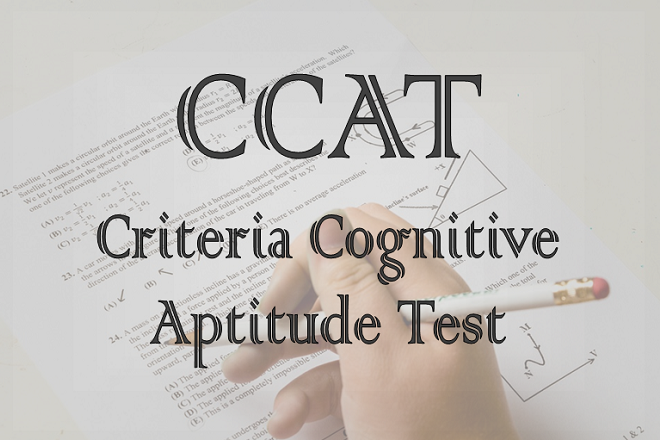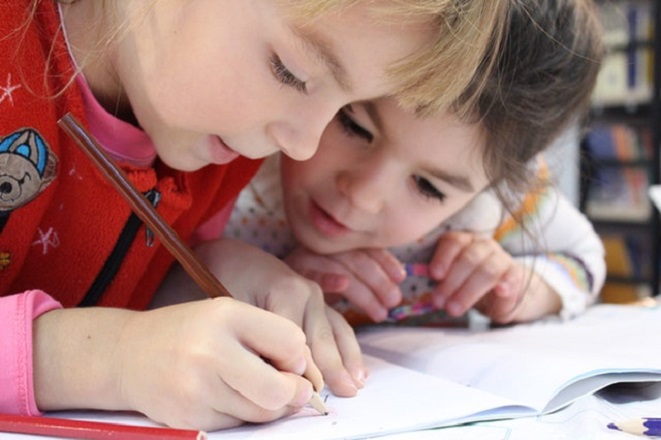Learning to learn – here are a few things you need to know about the different learning styles.
Learning is a personal journey. We may all be taught the same materials, but how we absorb that information and how we learn it can be different. It’s important to note that when you’re struggling with a particular subject in primary, secondary, or tertiary education, it may not be the subject itself that’s causing you problems but the way in which you’re learning it.
If you’re struggling with something and aren’t sure why or how to overcome the issue, take note of the following information.
We All Have Different Learning Styles
If you search for “tutor near me” and find one that can help with subjects you’re struggling with, you’ll discover that there are seven different learning styles. The way you’re currently learning information may not be how you process it best.
The seven learning styles include visual, kinesthetic, aural, social, solitary, verbal, and logical, and you can relate to more than one. You might even find that you work better utilizing one learning style on one particular subject and another type with a different subject.
We Could All Benefit From More Visual Thinking Tools
The majority of the population are visual learners, which can work in your favor if you are one. Visual learning materials allow you to retrieve information easier while also promoting longer retention of that information. You may even enjoy a deeper understanding of particular subjects since visual materials will enable you to see the bigger picture of a topic or learning material.
Multiple Modalities Help Us Learn Better
Whether you’re receiving help through a tutor or relying purely on your school and individual study time, you may discover that you’re able to retain new information and learn it better when you rely on more than one learning technique.
You might use visual cards to remember new information then study with friends in a social setting. Watching a video, writing summaries, and reading out loud may also be study options you consider. By combining techniques, you’ll be better equipped to retain information that otherwise seems to want to escape your brain the moment you’ve turned away from it.
Most People Aren’t Kinesthetic Learners
Kinesthetic learners are those who prefer to learn by doing physical tasks. They may have to build something to see how it works theoretically and might be weaker in other learning styles like solitary. According to some reports, only about 5% of the population are kinesthetic, and they generally don’t thrive in sedentary activities like conferences and lectures.
Teachers Often Adapt Their Teaching Styles to Suit Content
Teachers and tutors don’t have to adapt their teaching to suit the learning styles of each child. Instead, they often adjust it to suit the type of content they’re trying to teach. Each subject can sometimes require a different approach for it to be understood effectively.
For example, adopting a kinesthetic approach to home economics is far more effective as you can work with different ingredients to see how they blend together. However, a combination of kinesthetic and logical learning techniques may be effective in math classes, depending on the topics being taught.
It isn’t possible for teachers to educate every student individually based on how they learn the best, but it is possible for them to adjust their approach to what works best for the majority.
Every student learns at a different pace, and some are more in tune with some learning styles than others. It’s worth understanding what each learning style entails so that you can learn what works for you and how you can get the most out of your educational experiences.




